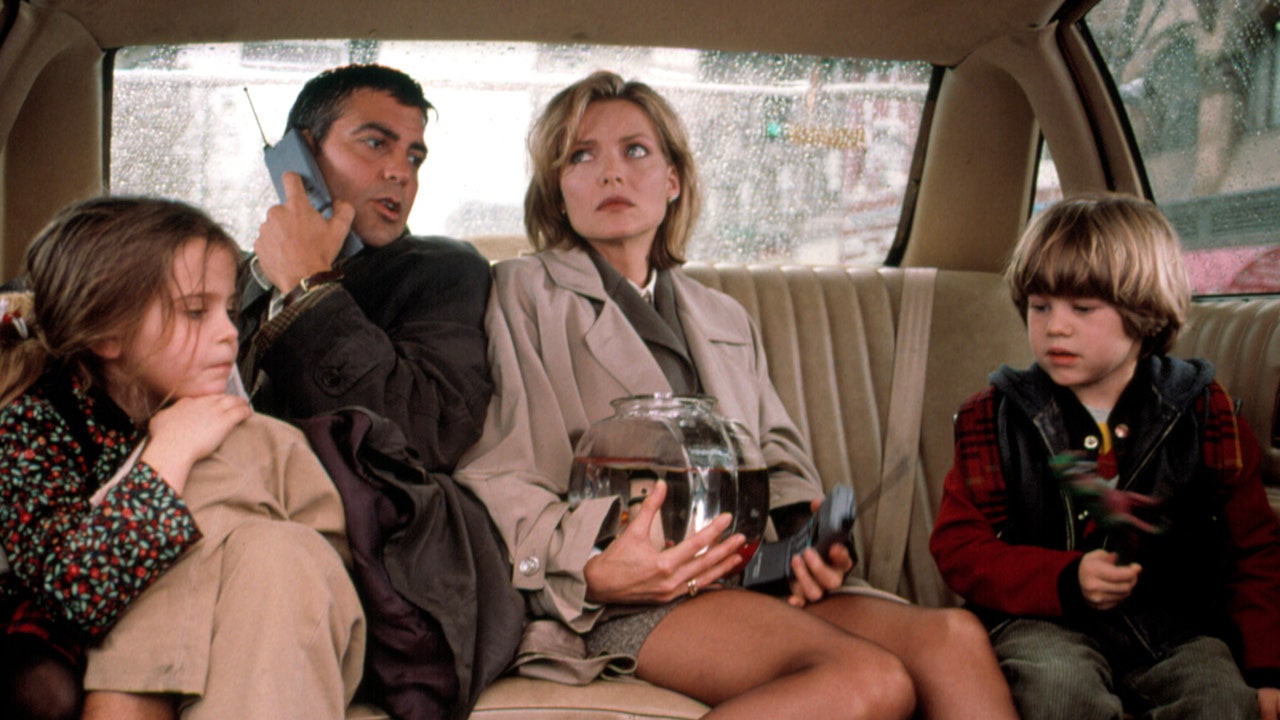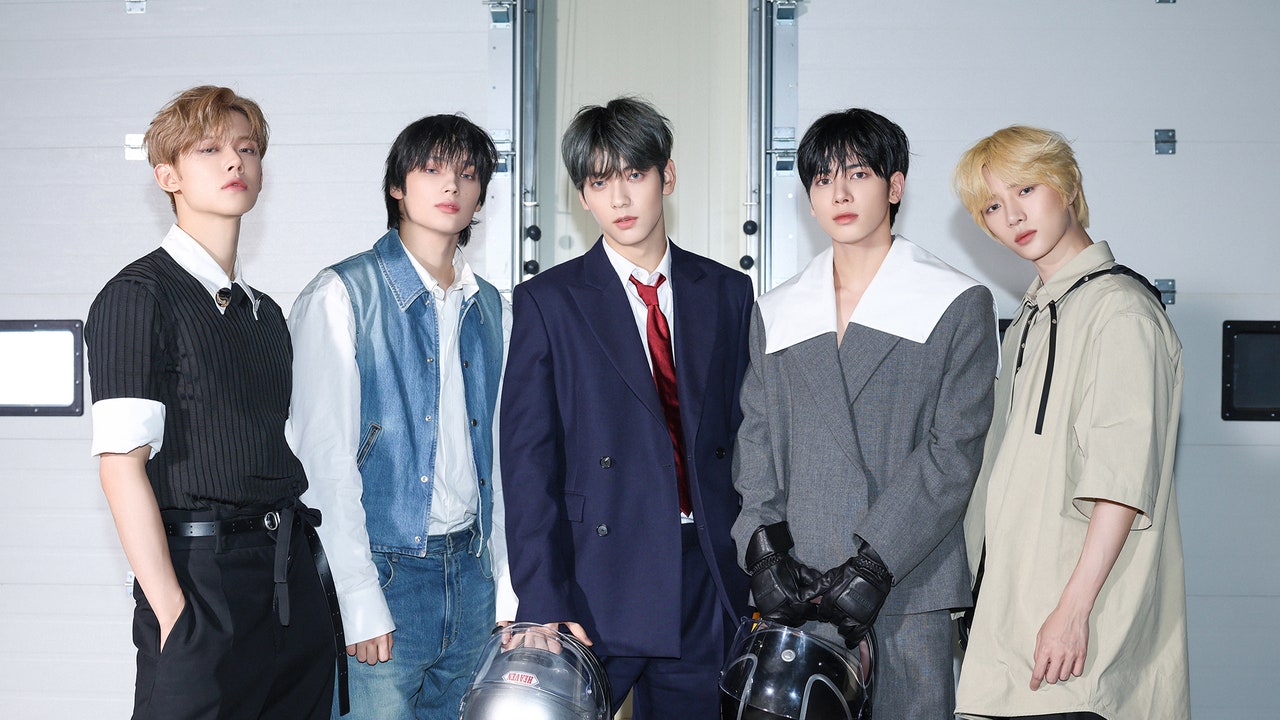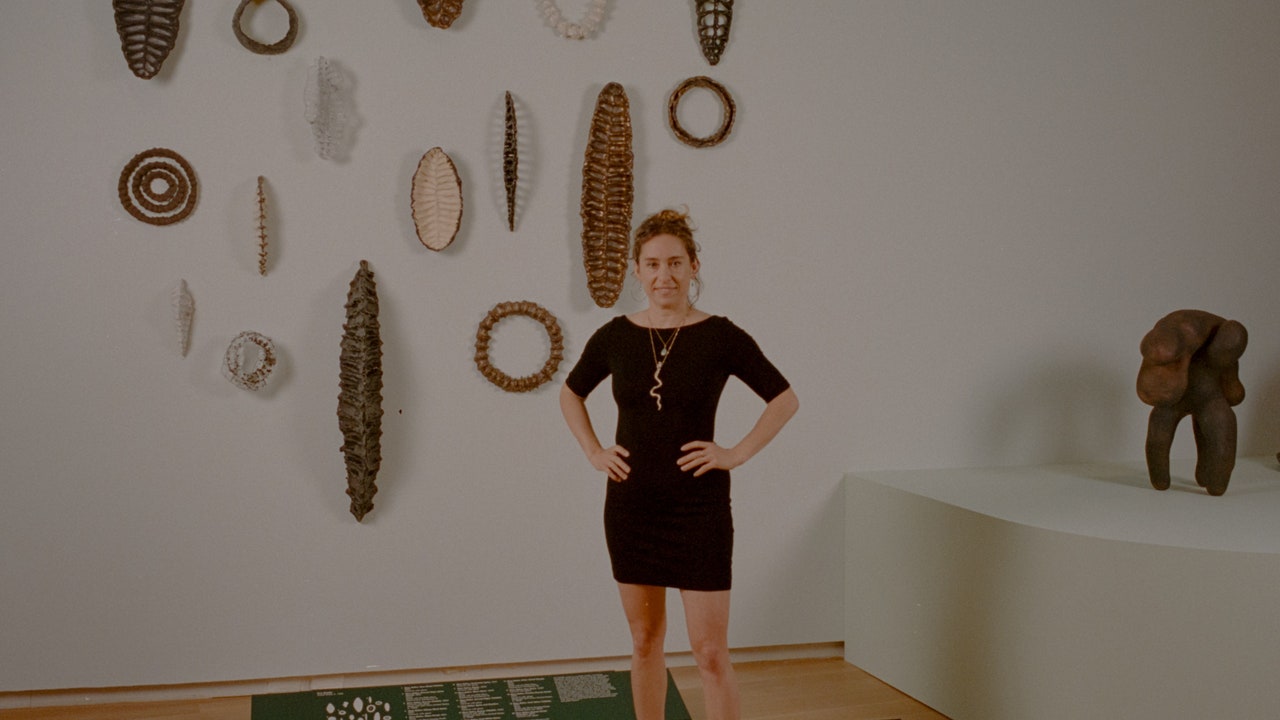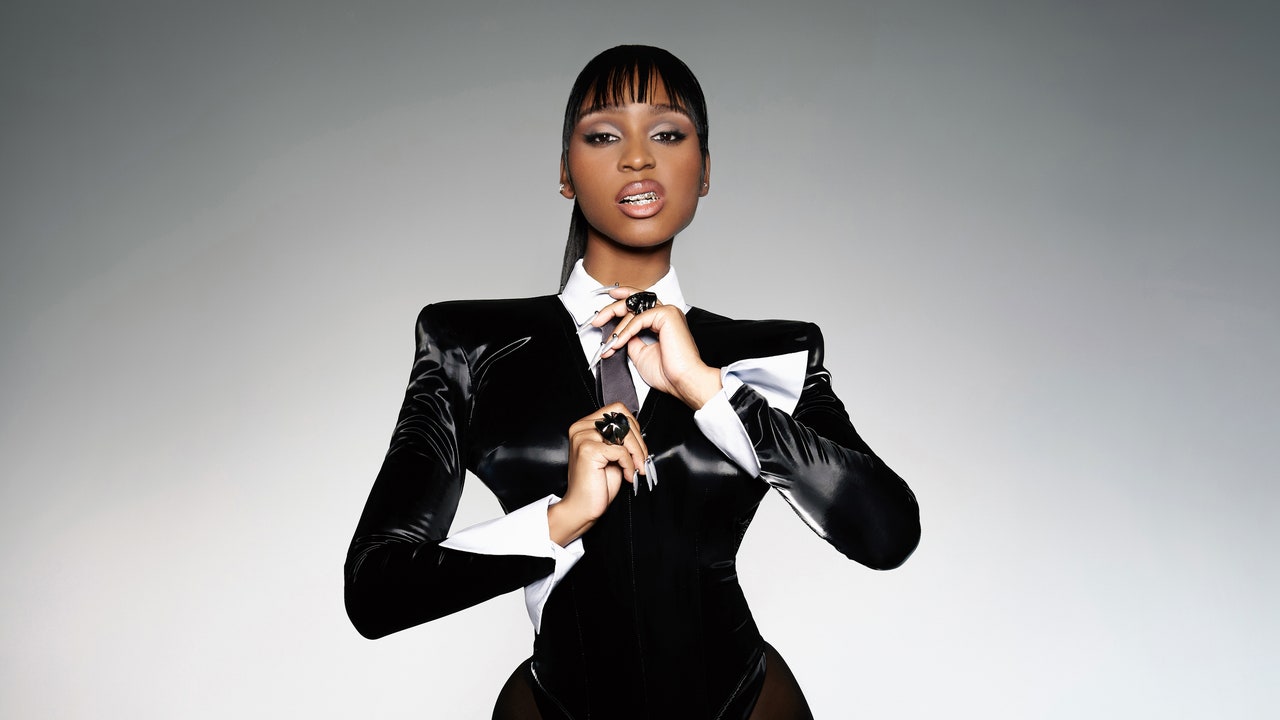La semana pasada, Paul Mescal compartió lo que algunos podrían considerar un grito de auxilio en sus Historias de Instagram: una grabación en vivo de la versión de Bon Iver de “I Can’t Make You Love Me” de Bonnie Raitt. Mientras todos sabemos ya que al actor le encanta una canción melancólica, la inclinación de Mescal por los estilos musicales de Bon Iver resulta especialmente relevante en esta época del año. El clima está cambiando, los romances de verano están terminando, y el país parece al borde del caos político. Entra Justin Vernon.
Después de que el Verano Brat pintara el mundo de chartreuse, parecía incierto, por un tiempo, qué sucedería en otoño, cuando la resaca se instalaría. Como resulta ser, Charli XCX tenía la respuesta todo el tiempo: Este mes, la cantante lanzó su última variante brat, brat y es completamente diferente pero también sigue siendo brat, un álbum remix lleno de colaboraciones de alto perfil, incluyendo una de Bon Iver en “I think about it all the time.” (Vernon le comentó a The New Yorker que aceptar hacer el tema fue “una decisión sencilla.”) En su estado original, la canción es una reflexión sobre el reloj biológico de Charli, y el no querer sacrificar su carrera para tener hijos. Pero con un ritmo más lento y cierta modulación vocal, su remix se convierte en un tratado más amplio sobre el amor y la soledad, mientras Vernon canta: “Estás solo y estás / Y te preguntas, ‘¿Cuándo se volvió tan difícil?’” Charli y Vernon también toman muestras de “I Can’t Make You Love Me” de Raitt e incorporan “Nick of Time” de Bon Iver, creando un tema que une hábilmente los universos sonoros de ambos artistas.






